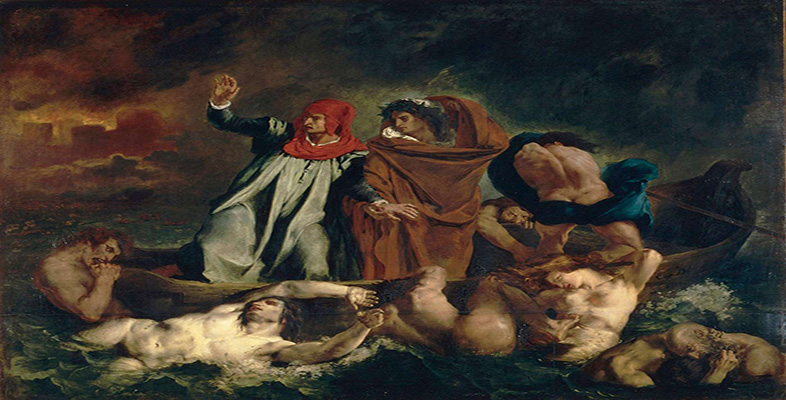5.8 Delacroix’s modernity – the historical context
It is important to place Delacroix’s modernity in its historical context because it had, in its time, a political resonance. Delacroix was not exactly anti-establishment. He appreciated very much the government commissions he received in the 1820s and was relieved to find that, in the longer term, the fuss over Sardanapalus had not damaged his ability to attract further commissions. But his sympathies did lie with the Liberals of his age. In 1815, after the battle of Waterloo, the French monarchy was restored and Louis XVIII came to the throne. His rule was relatively benign. Initially he had to deal with opposition from both republicans and (Liberal, anti-monarchy) Bonapartists, as well as the continuing presence in Paris of the foreign troops who had helped to restore the monarchy. He brought stability to the country and its food supply, reorganised its finances and paid off its war debts. He also liberalised electoral and censorship laws. Throughout his reign, however, Louis faced fierce opposition from the right, known as the Ultras. This group supported the bid for power of the king’s younger brother, Charles, Comte d’Artois, as well as seeking the restoration of the ancien régime privileges of the aristocracy and clergy. When Louis XVIII died in 1824 he was succeeded by this rival, who was crowned as Charles X. Charles’s rule was marked by its significant protection of those landed nobles who had survived the Revolution, and of the clergy and the Catholic Church generally. Charles also dissolved the Chamber of Deputies and reintroduced stringent censorship laws. This sparked considerable Liberal opposition, as the Liberals championed the cause of constitutional government and meritocracy. In 1830 this conflict culminated in a further revolution, as a consequence of which the more liberally inclined Louis Philippe of the house of Bourbon-Orléans came to the throne. The uprising is captured in Delacroix’s Liberty Leading the People (Plate 30), an innovative work in its heroic treatment of conventionally unheroic sections of society. The man on the left in the painting, carrying a sabre, is a factory worker; the man with a gun, next to him, is an artisan or foreman; the figure kneeling at Liberty’s feet is a worker from the country, possibly a builder.
